One of the first things you should check when experiencing low water pressure in your kitchen sink after replacing the faucet is the aerator. This small mesh piece at the end of the faucet can easily become clogged with mineral deposits and debris, causing a decrease in water flow. To check the aerator, simply unscrew it from the end of the faucet and clean it thoroughly. You can use a toothbrush and a mixture of vinegar and water to remove any buildup. Once cleaned, reattach the aerator and test the water pressure again.Check the aerator
If the aerator is not the issue, the next step is to check the water supply valves. These are usually located under the sink and control the flow of water to the faucet. Make sure the valves are fully open and not partially closed, as this can restrict water flow. If the valves are fully open and you are still experiencing low water pressure, it may be time to replace them. Valves can become worn or faulty over time and may need to be replaced by a professional plumber.Check the water supply valves
The water pressure regulator is responsible for maintaining a steady and safe water pressure in your home. If it becomes faulty or damaged, it can result in low water pressure. You can check the pressure regulator by attaching a pressure gauge to an outdoor faucet. The optimal water pressure for a home is between 40-60 psi. If the pressure is below this range, you may need to replace the regulator.Check the water pressure regulator
Another common cause of low water pressure in a kitchen sink after replacing the faucet is a clog. Debris and mineral deposits can build up in the faucet and restrict water flow. To check for clogs, turn off the water supply and remove the faucet head. Clean out any debris or buildup and reattach the faucet head. Test the water pressure again to see if the issue has been resolved.Check for clogs in the faucet
If you have checked the aerator and faucet for clogs and the water pressure is still low, the next step is to check the pipes. Over time, pipes can become clogged with debris and mineral deposits, restricting water flow. You can try using a plunger to clear any clogs in the pipes. If this does not work, you may need to call a professional plumber to clean or replace the pipes.Check for clogs in the pipes
Leaks in the pipes can also cause low water pressure in your kitchen sink. Check for any visible leaks under the sink or in the pipes leading to the faucet. If you find a leak, you will need to repair or replace the affected pipes. Leaks can also occur in hidden areas, so if you suspect a leak but can't find the source, it's best to call a plumber for assistance.Check for leaks in the pipes
If your water pressure is inconsistent, it could be due to air in the pipes. This can happen when the water supply is turned off and then turned back on, causing air pockets to form in the pipes. To fix this issue, turn off the water supply and run all the faucets in your home until the water runs smoothly. This will help to remove any air from the pipes and restore proper water pressure.Check for air in the pipes
The faucet cartridge is responsible for controlling the flow of water in the faucet. Over time, it can become worn or damaged, causing low water pressure. If you have checked all other possible causes and are still experiencing low water pressure, it may be time to replace the faucet cartridge. This can be a tricky task, so it's best to call a professional plumber for assistance.Check the faucet cartridge
If you have a tankless water heater, a buildup of mineral deposits can cause low water pressure. It's important to regularly flush your water heater to prevent this buildup. If you have a traditional water heater, it may be time to replace the heating element or the entire unit if it is old and worn. A malfunctioning water heater can also cause inconsistent water pressure, so it's important to have it checked by a professional if you suspect an issue.Check the water heater
If you have tried all the above steps and are still experiencing low water pressure in your kitchen sink, it's time to call a professional plumber. They have the knowledge and tools to accurately diagnose and fix any issues with your plumbing system. Don't hesitate to call for help, as low water pressure can be a sign of a larger problem that requires immediate attention.Call a plumber for professional help
Troubleshooting Low Water Pressure in Your Kitchen Sink After Replacing the Faucet

Understanding the Issue
 After investing time and effort into replacing your kitchen faucet, it can be disheartening to find that the water pressure in your sink has decreased significantly. This issue can be frustrating and can affect your daily routine, from washing dishes to cooking. However, before panicking and assuming you made a mistake during the installation, it's important to understand the potential causes of low water pressure in your kitchen sink after replacing the faucet.
After investing time and effort into replacing your kitchen faucet, it can be disheartening to find that the water pressure in your sink has decreased significantly. This issue can be frustrating and can affect your daily routine, from washing dishes to cooking. However, before panicking and assuming you made a mistake during the installation, it's important to understand the potential causes of low water pressure in your kitchen sink after replacing the faucet.
Possible Causes
 There are several reasons why you may be experiencing low water pressure in your kitchen sink after replacing the faucet. One possibility is that the aerator, a small screen at the end of the faucet, is clogged with debris and sediment. This can happen when old pipes break down and release particles into the water. Another potential cause could be a faulty valve or a partially closed shut-off valve. Additionally, if you have recently installed a new water filter or water softener, it may be restricting the flow of water.
There are several reasons why you may be experiencing low water pressure in your kitchen sink after replacing the faucet. One possibility is that the aerator, a small screen at the end of the faucet, is clogged with debris and sediment. This can happen when old pipes break down and release particles into the water. Another potential cause could be a faulty valve or a partially closed shut-off valve. Additionally, if you have recently installed a new water filter or water softener, it may be restricting the flow of water.
Solutions
 The good news is that low water pressure in your kitchen sink after replacing the faucet is a common issue and can be easily resolved. The first step is to check the aerator and clean it thoroughly. You can also try soaking it in vinegar to remove any stubborn buildup. If the aerator is not the issue, then you may need to adjust the shut-off valve or replace it entirely. If you have recently installed a new water filter or water softener, make sure it is installed correctly and not causing any blockages.
The good news is that low water pressure in your kitchen sink after replacing the faucet is a common issue and can be easily resolved. The first step is to check the aerator and clean it thoroughly. You can also try soaking it in vinegar to remove any stubborn buildup. If the aerator is not the issue, then you may need to adjust the shut-off valve or replace it entirely. If you have recently installed a new water filter or water softener, make sure it is installed correctly and not causing any blockages.
Final Thoughts
 Replacing a kitchen faucet can enhance the functionality and aesthetic of your kitchen, but it's important to troubleshoot any issues that may arise. By understanding the potential causes of low water pressure and implementing the appropriate solutions, you can enjoy a fully functioning kitchen sink once again. If the problem persists, it's best to consult a professional plumber for further assistance. Happy dishwashing!
Replacing a kitchen faucet can enhance the functionality and aesthetic of your kitchen, but it's important to troubleshoot any issues that may arise. By understanding the potential causes of low water pressure and implementing the appropriate solutions, you can enjoy a fully functioning kitchen sink once again. If the problem persists, it's best to consult a professional plumber for further assistance. Happy dishwashing!


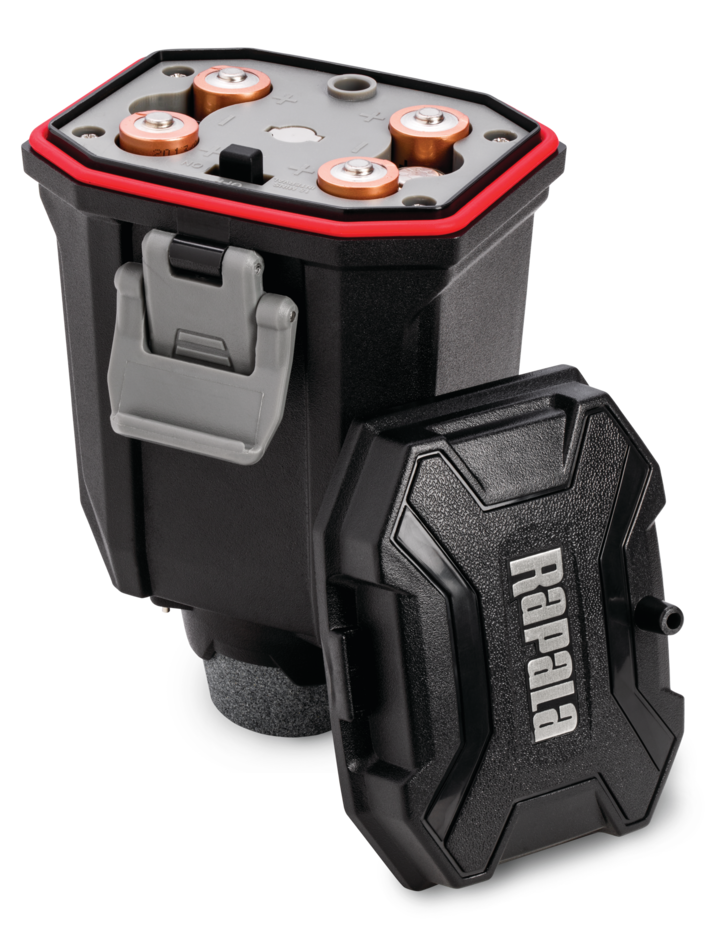







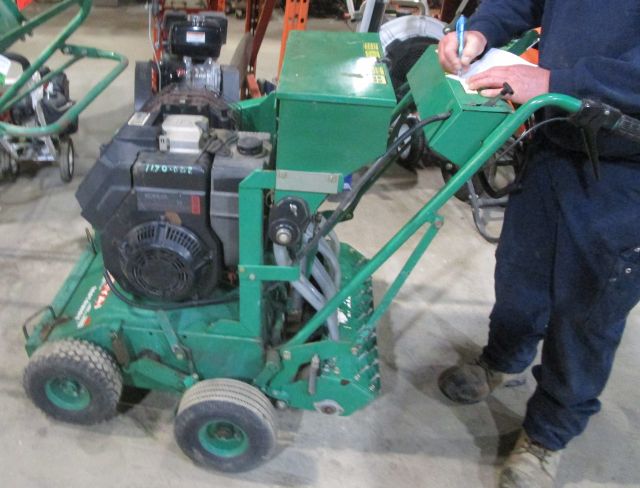
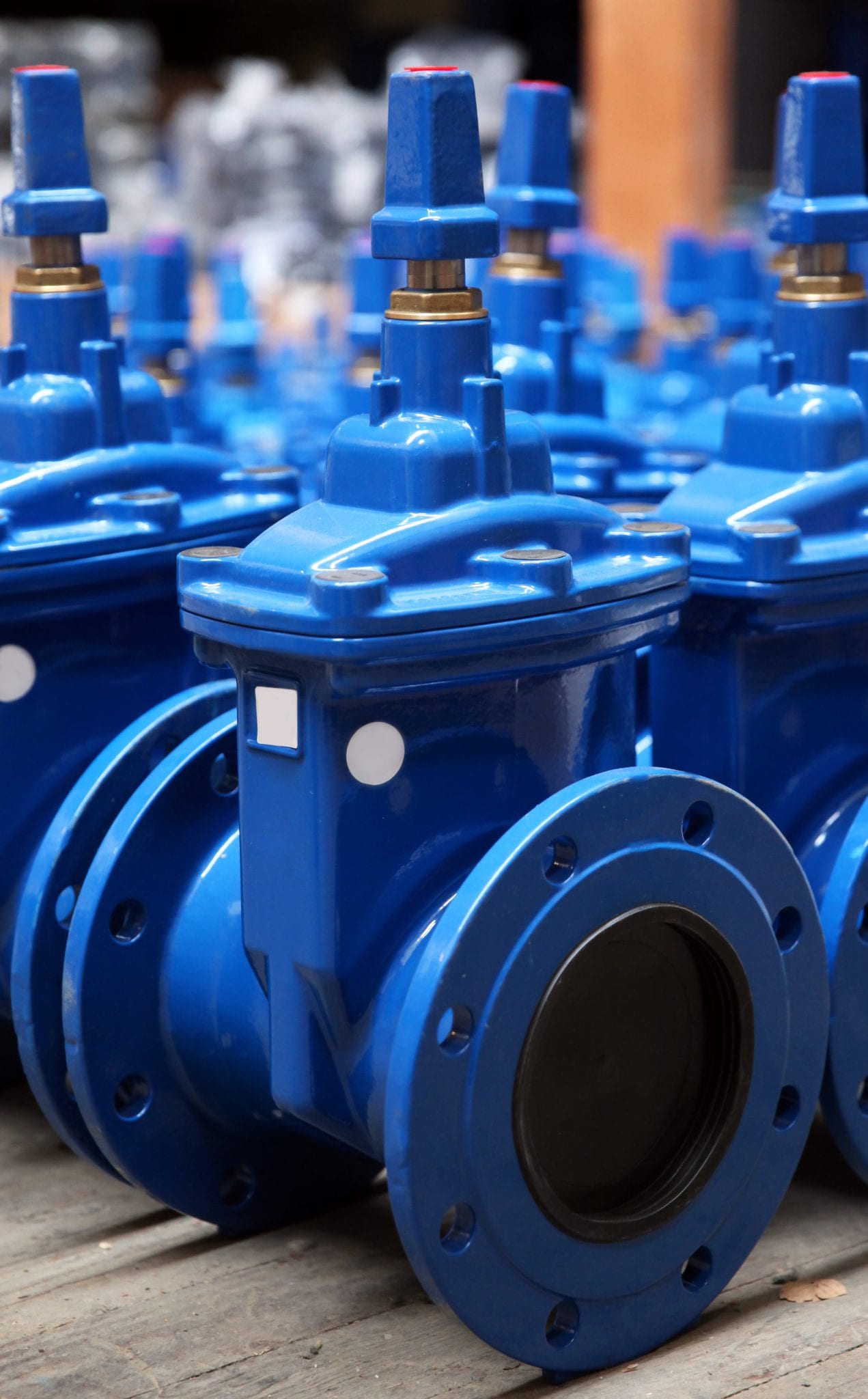

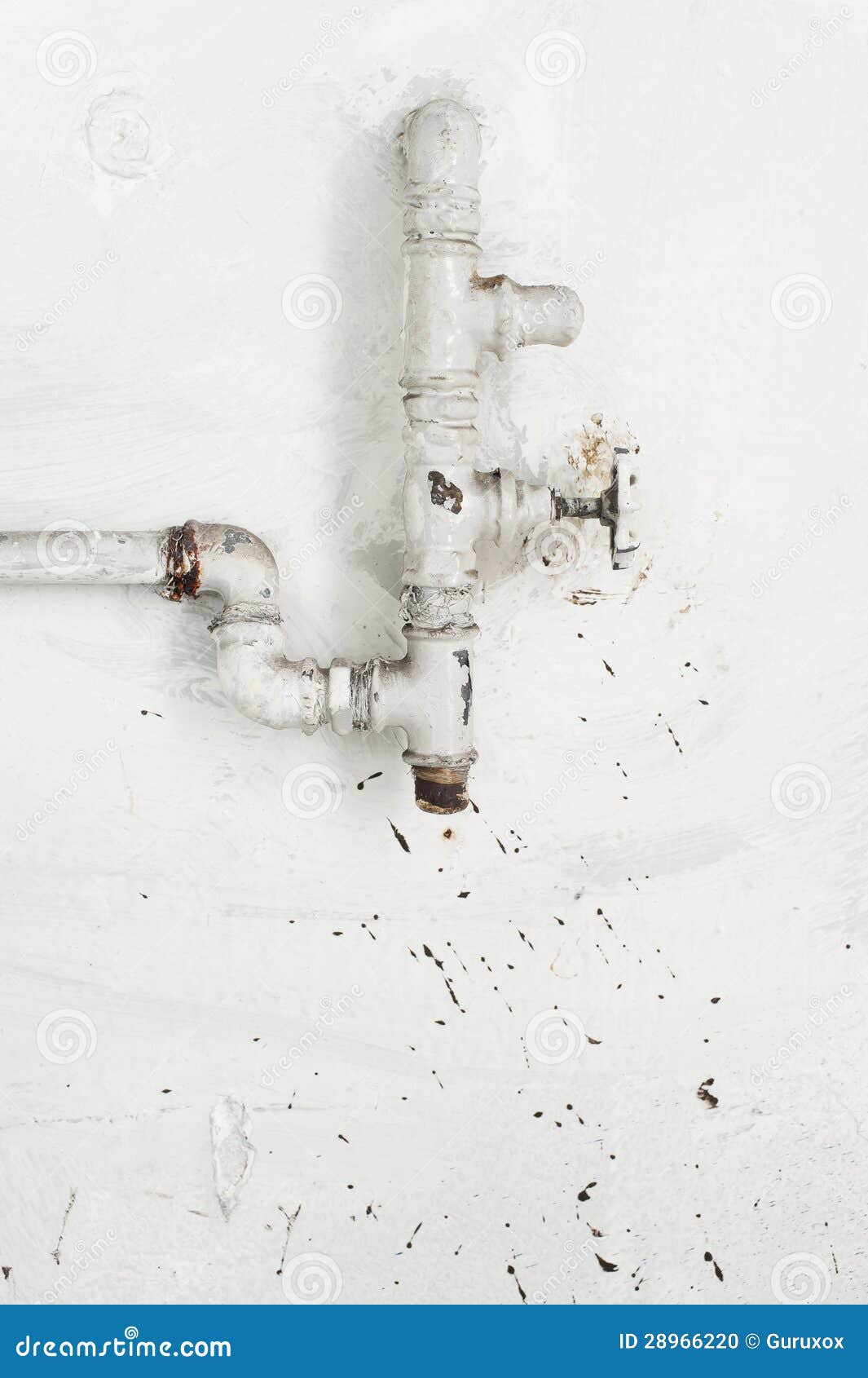
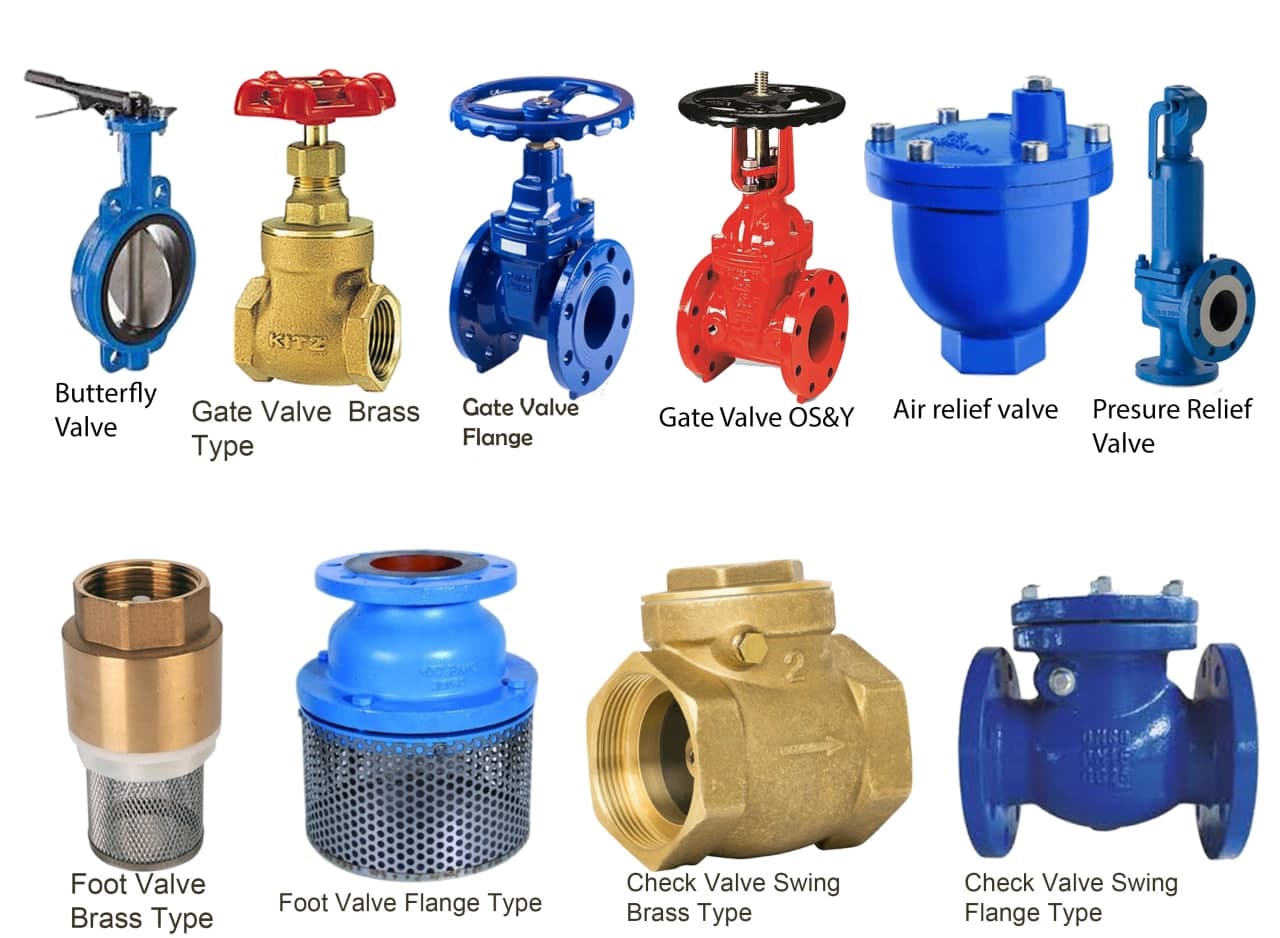
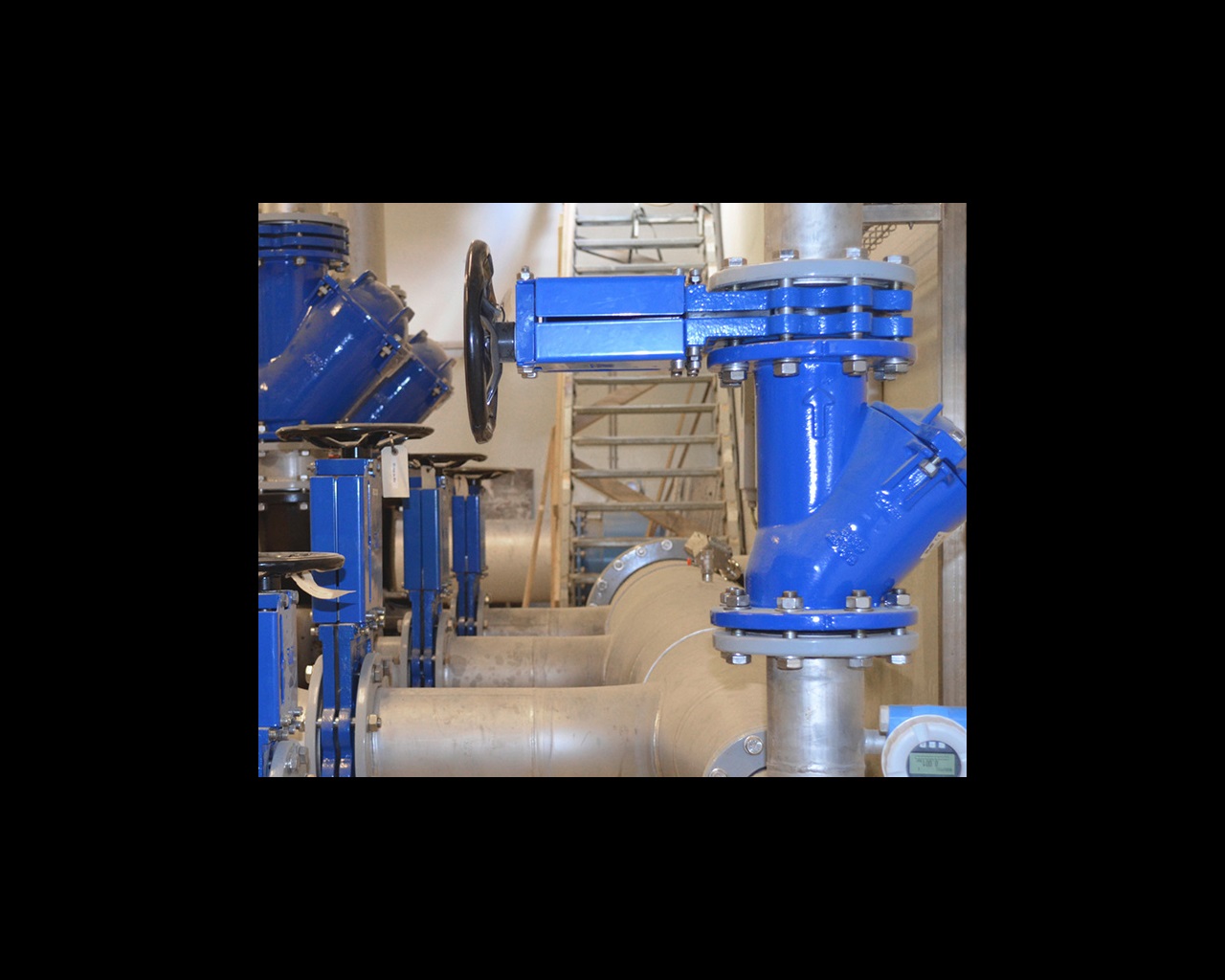
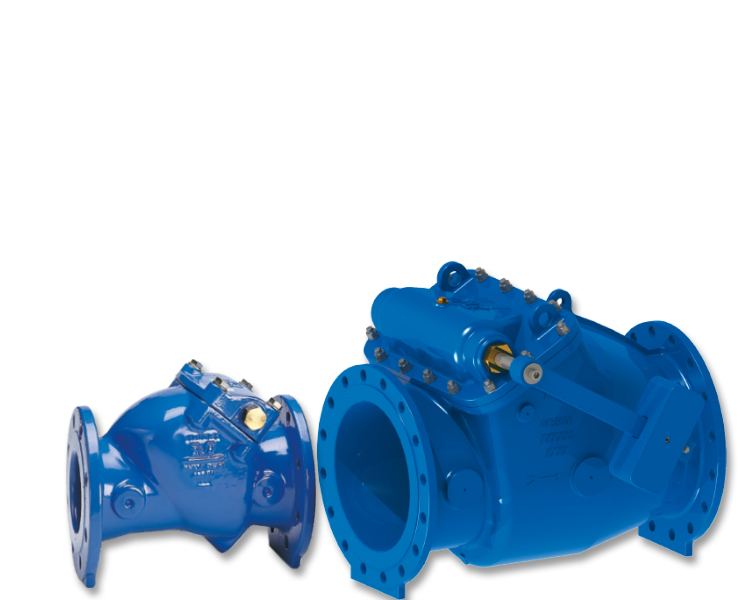


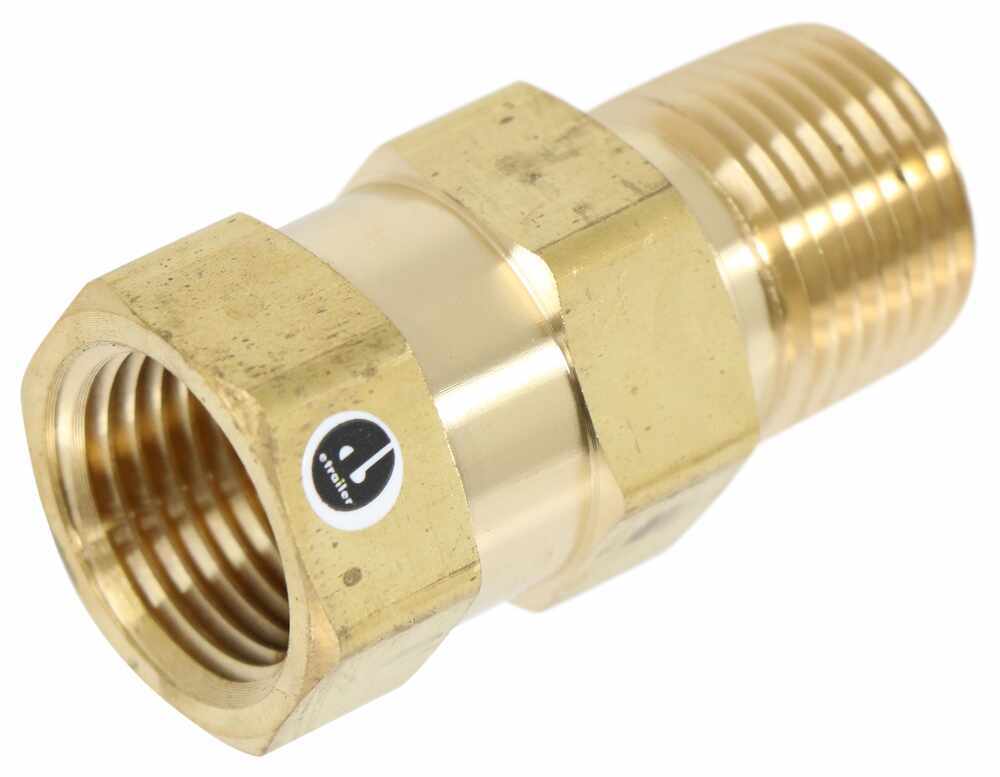




:max_bytes(150000):strip_icc()/the-men-s-hand-opens-the-ball-valve-on-the-collector-1006810456-5c5fc73fc9e77c000159c4af.jpg)







:max_bytes(150000):strip_icc()/testing-water-pressure-in-your-home-2718692-04-c37ab3236d0d4b61b87079ebf9ef823e.jpg)

























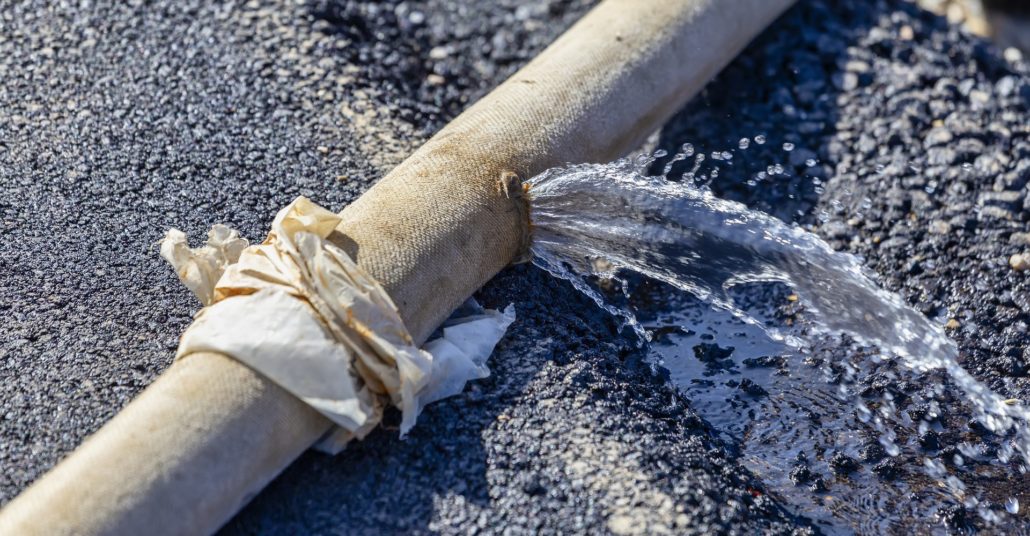



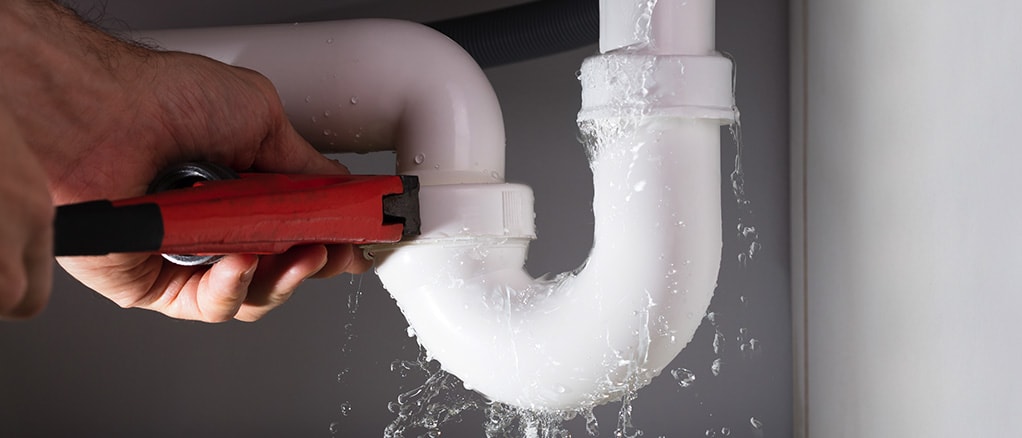

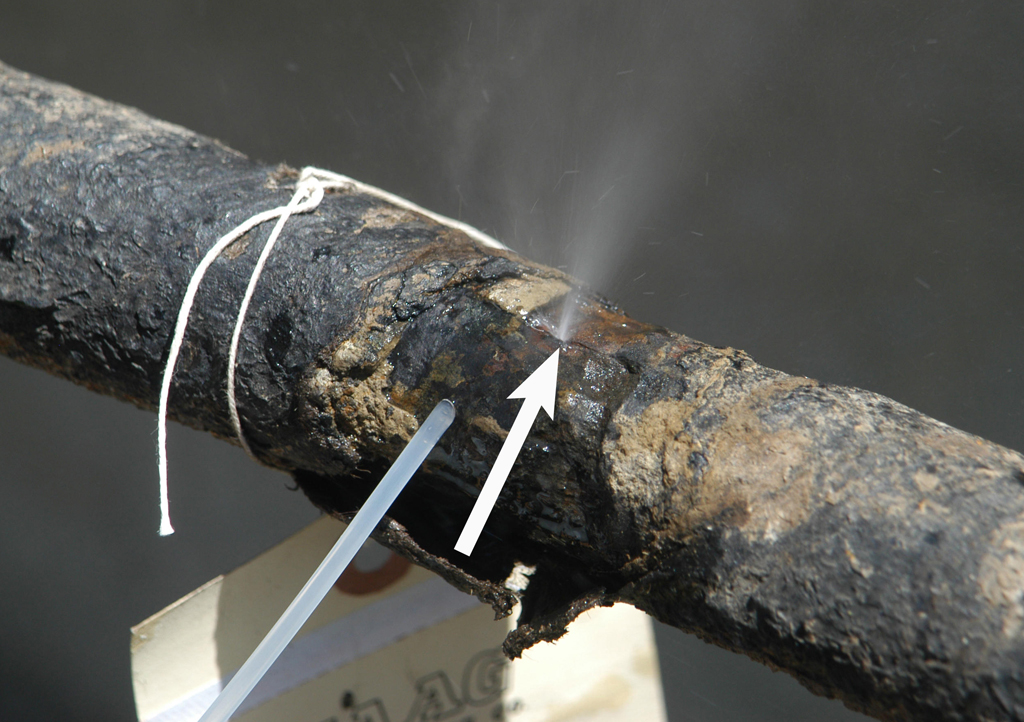
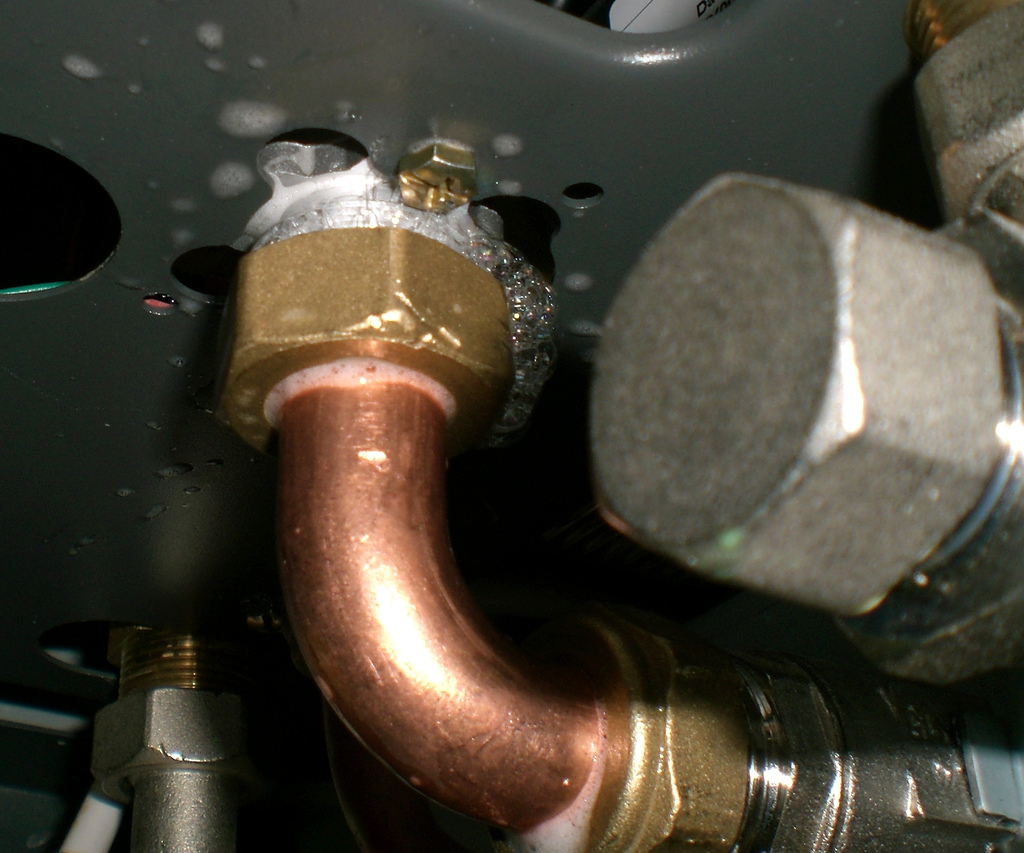





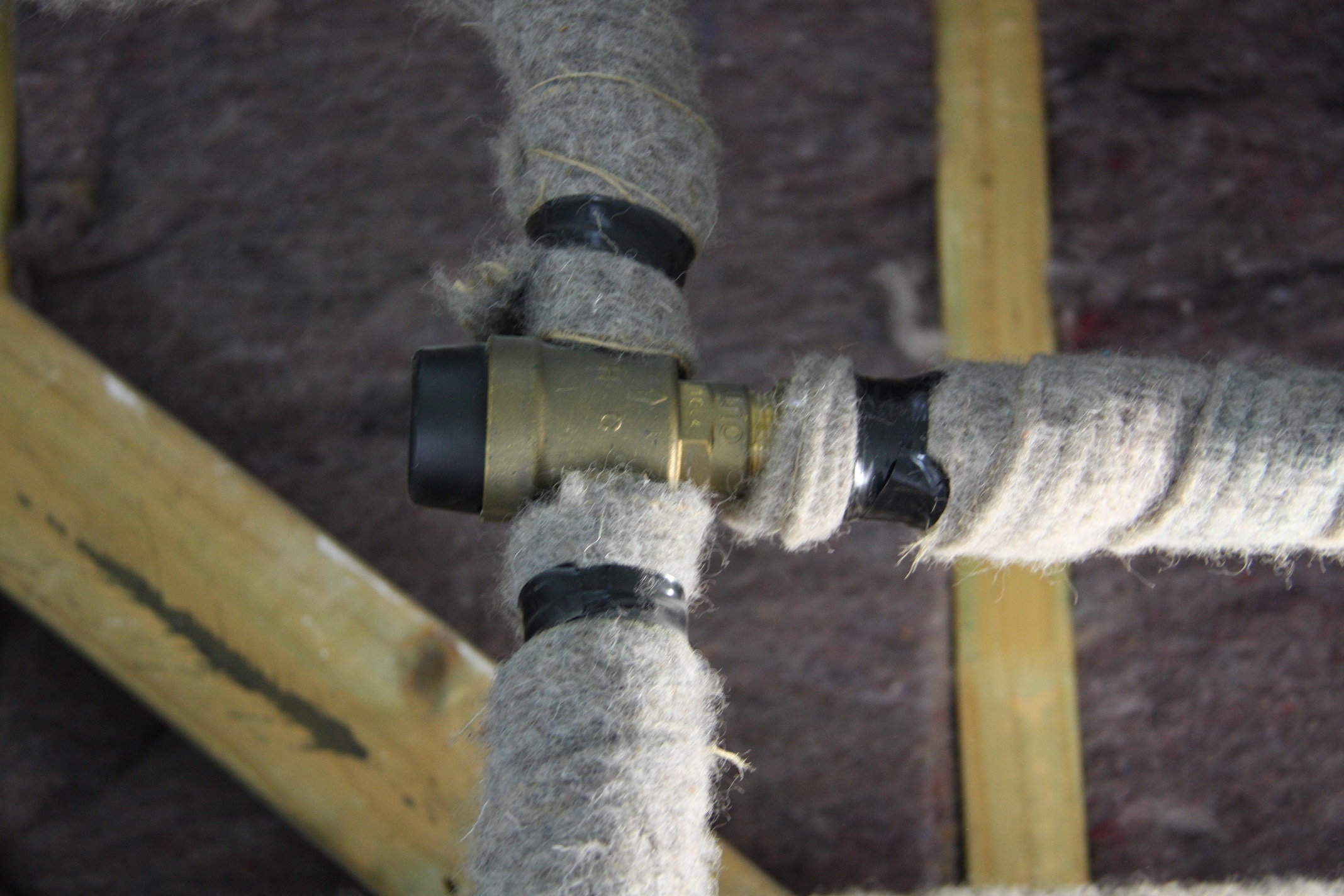
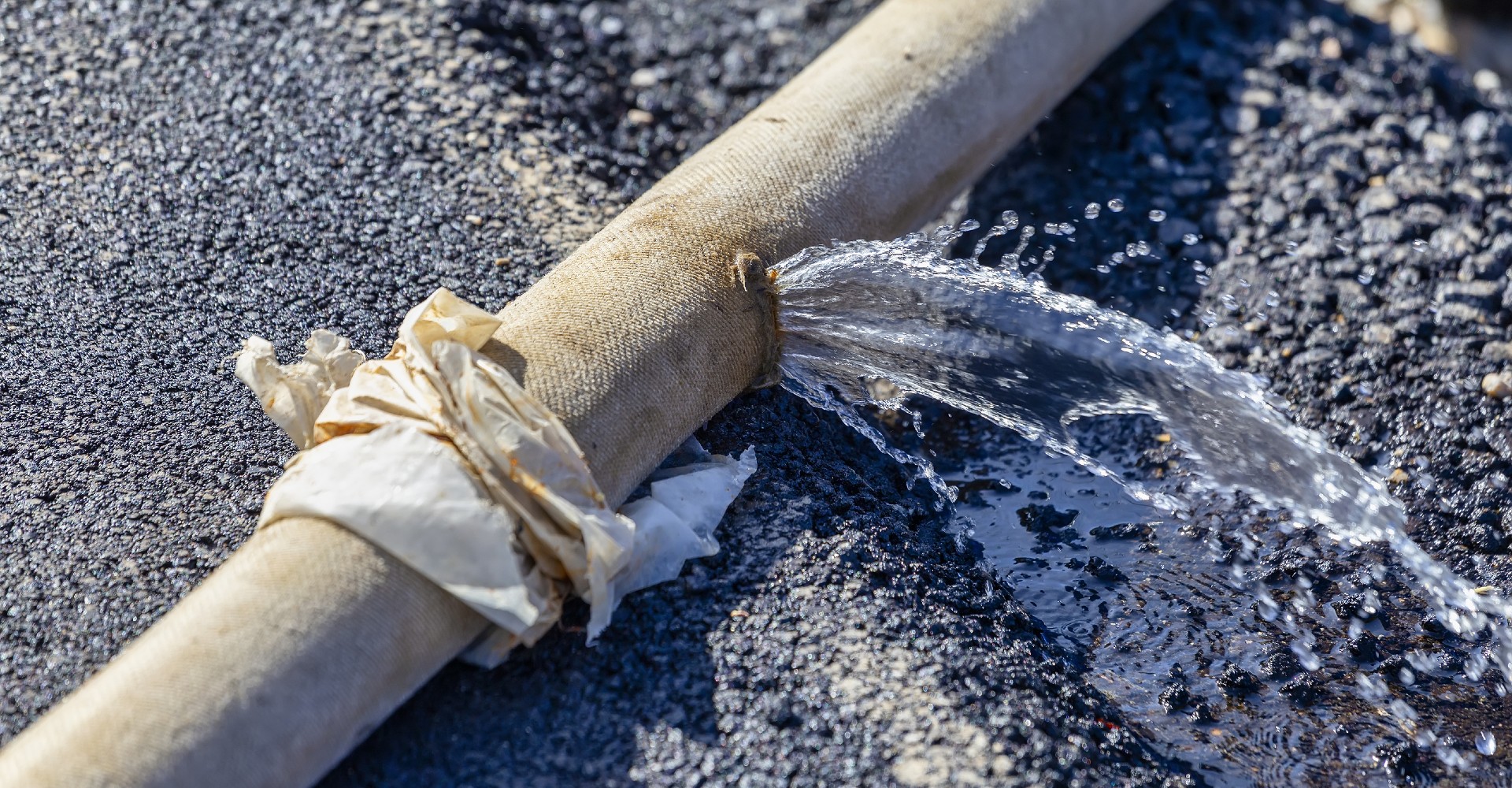

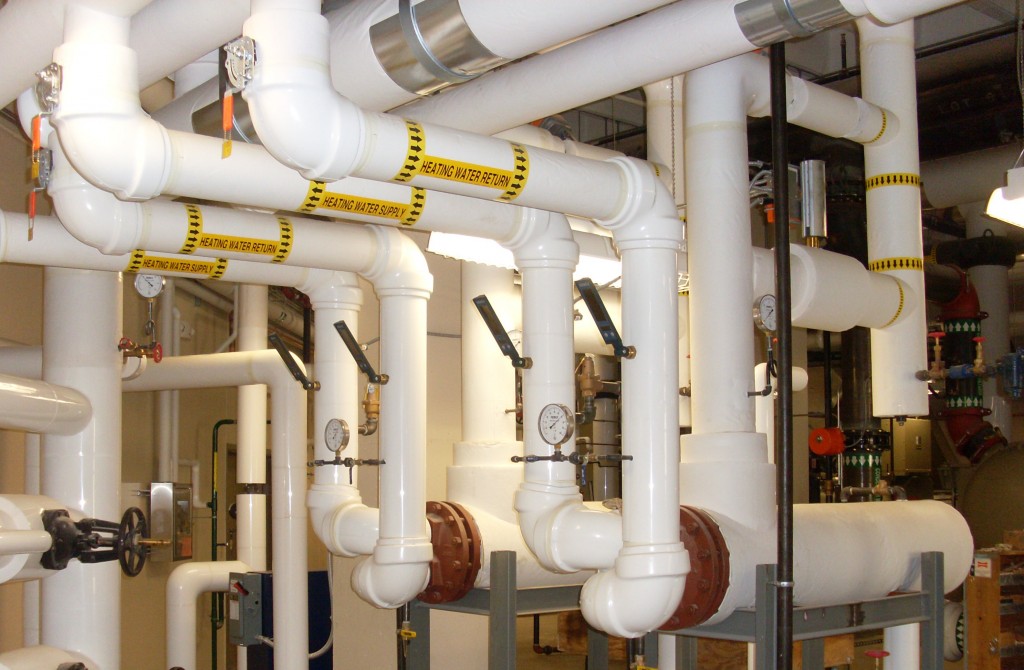



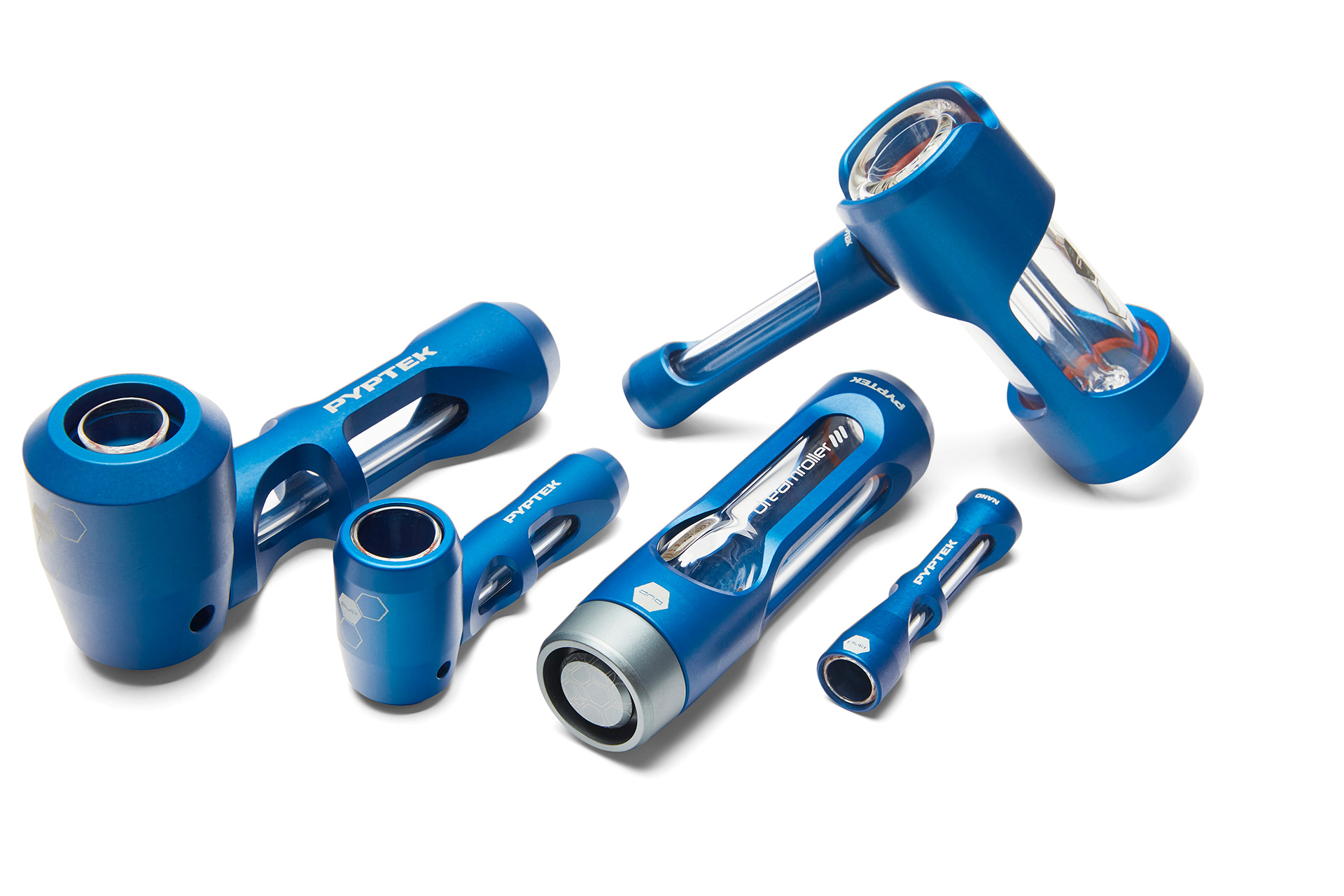
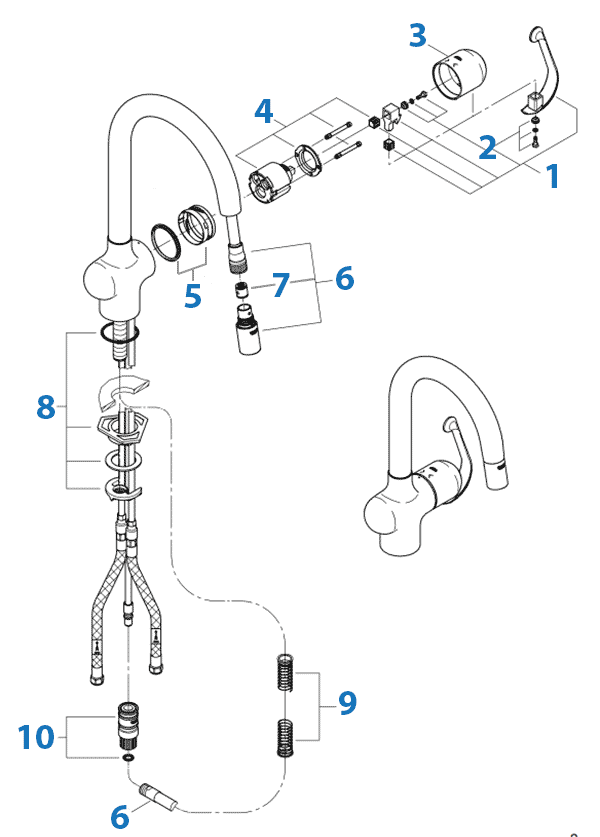

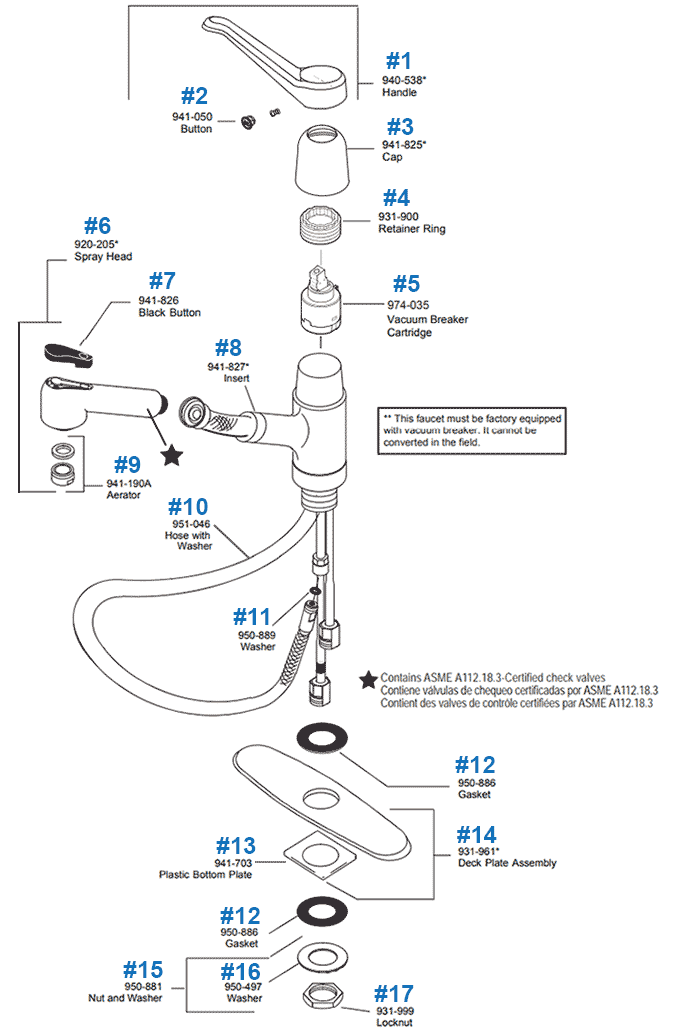





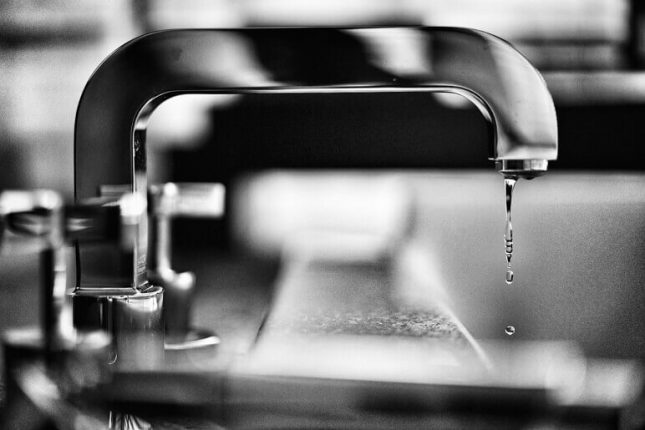

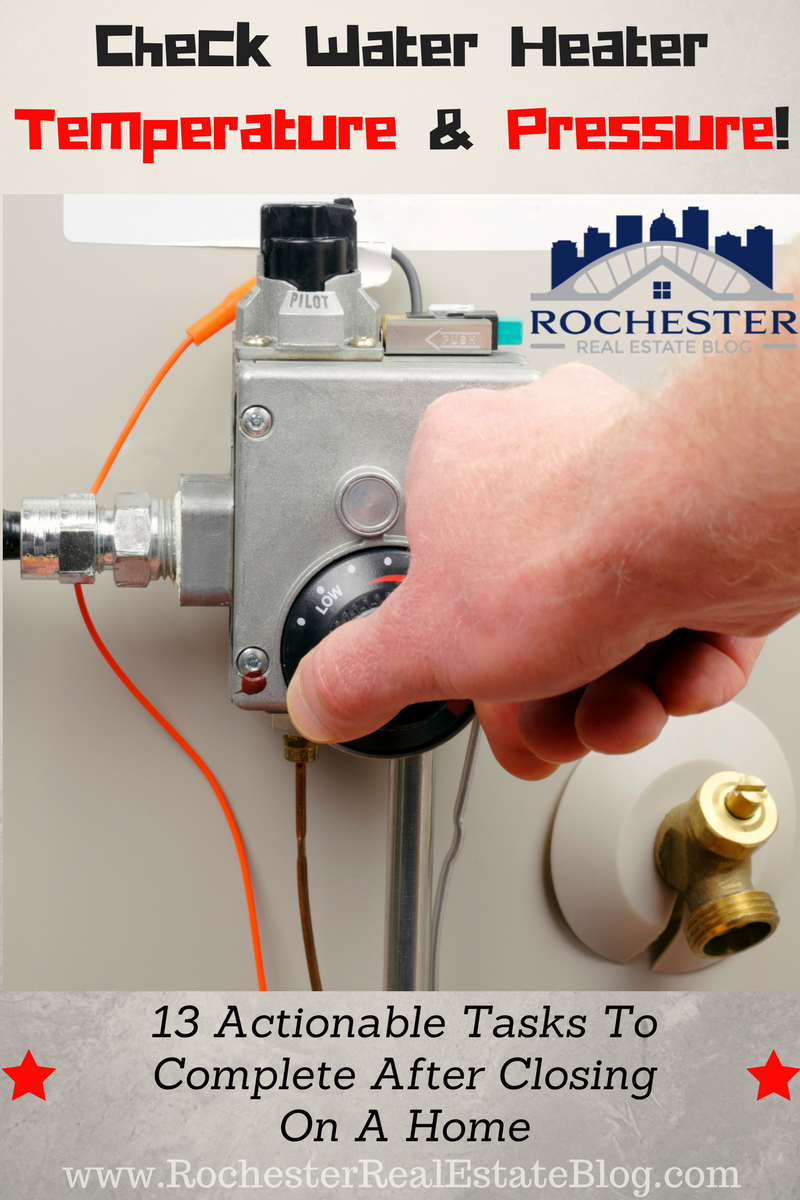
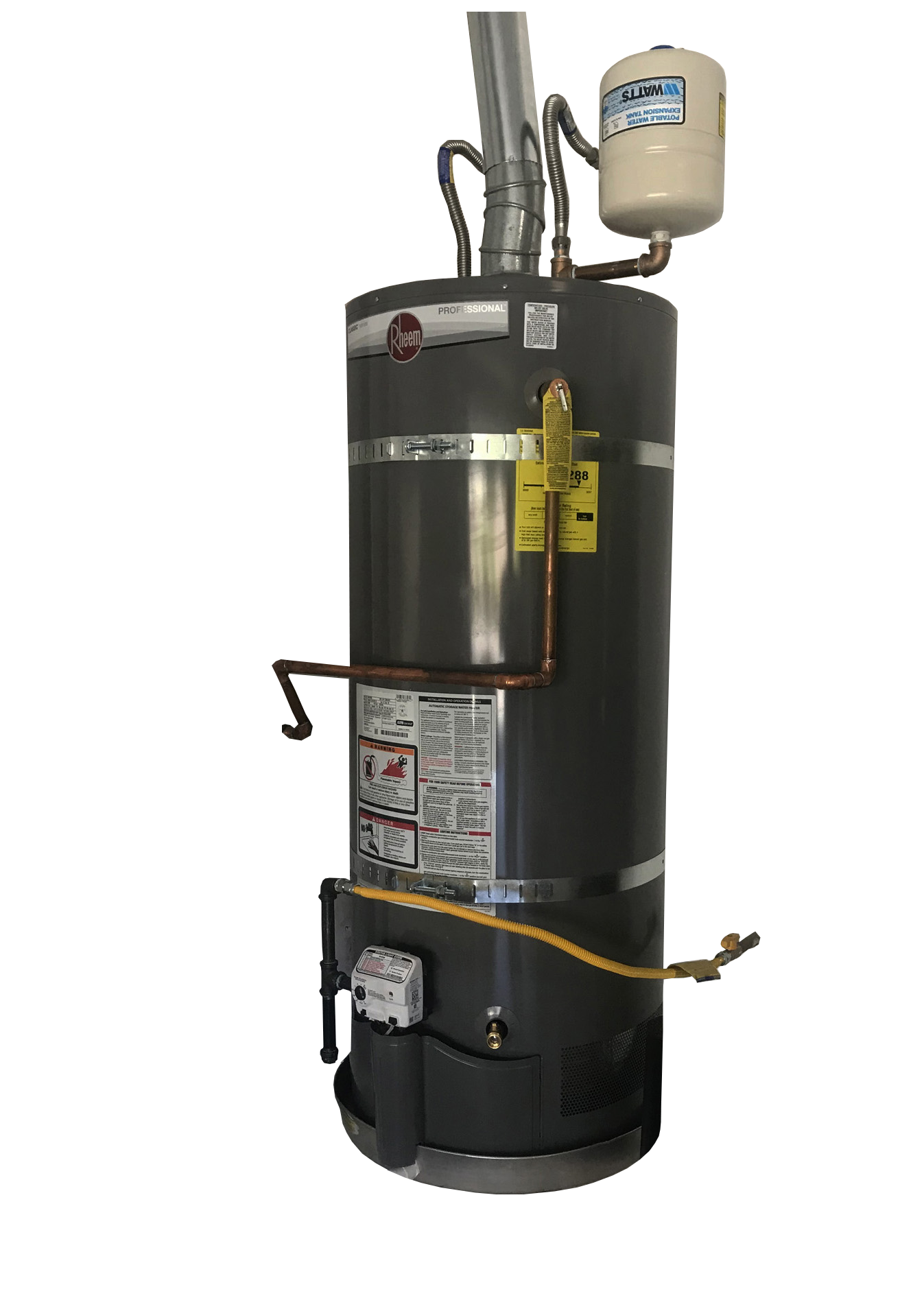



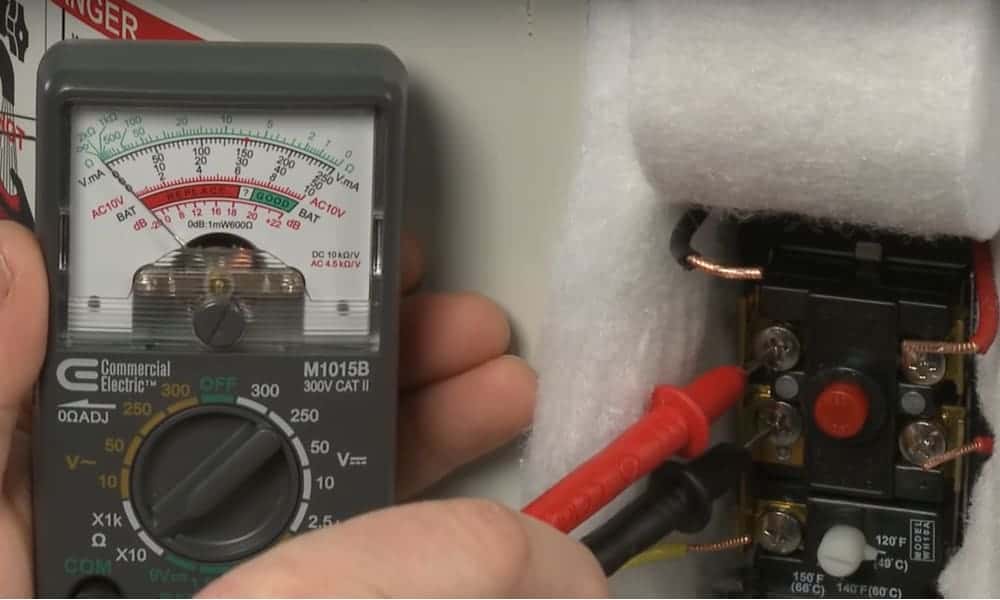
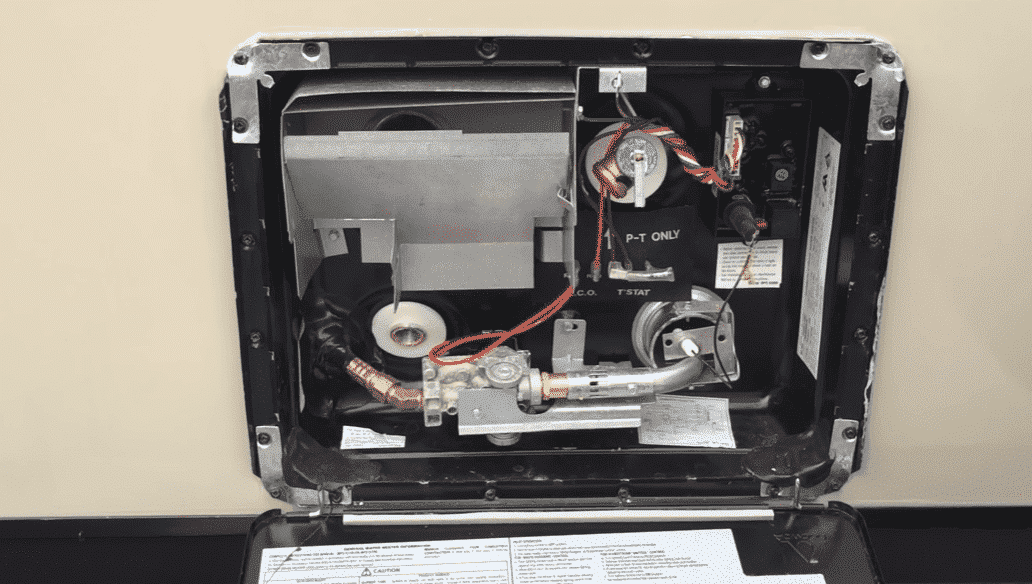

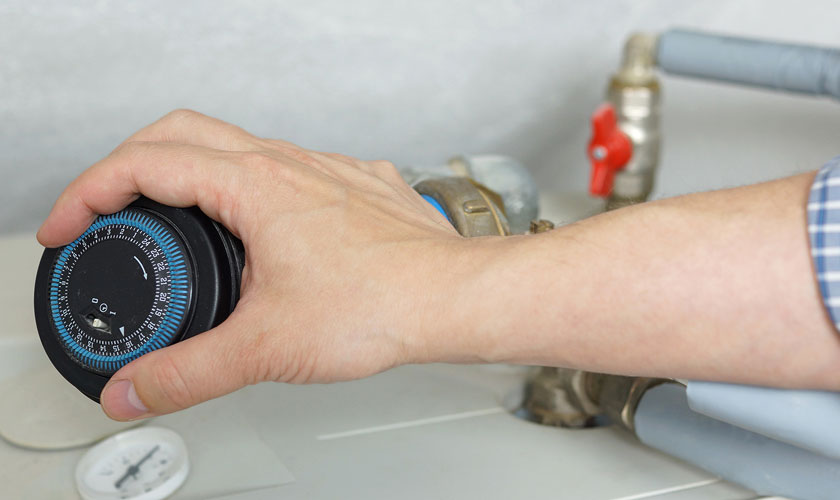

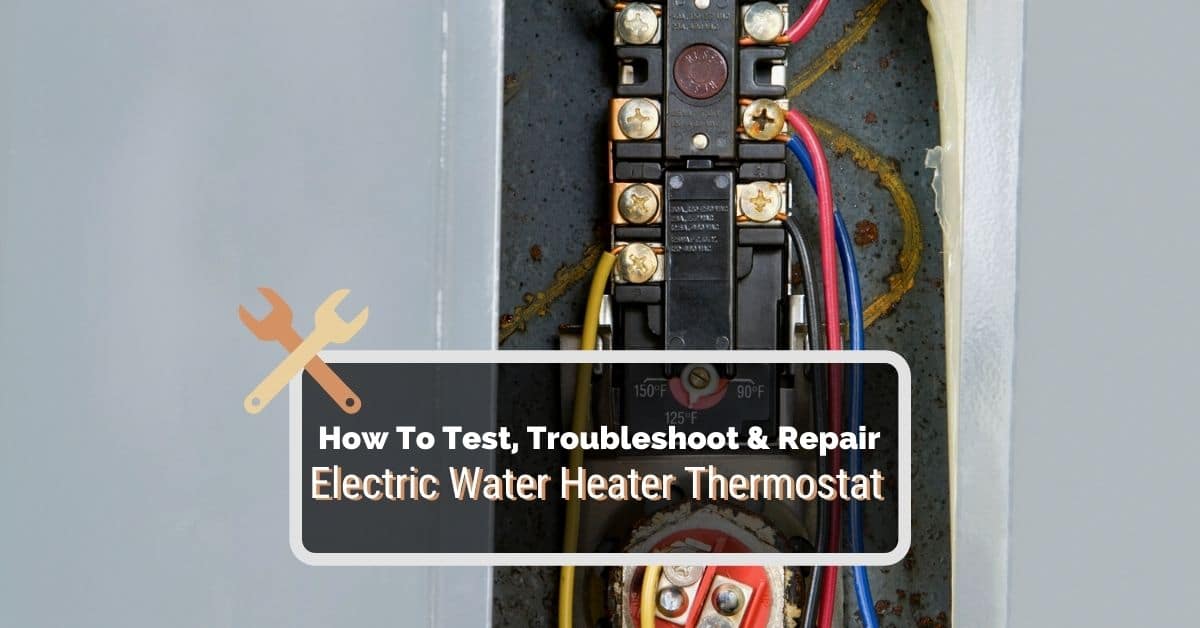
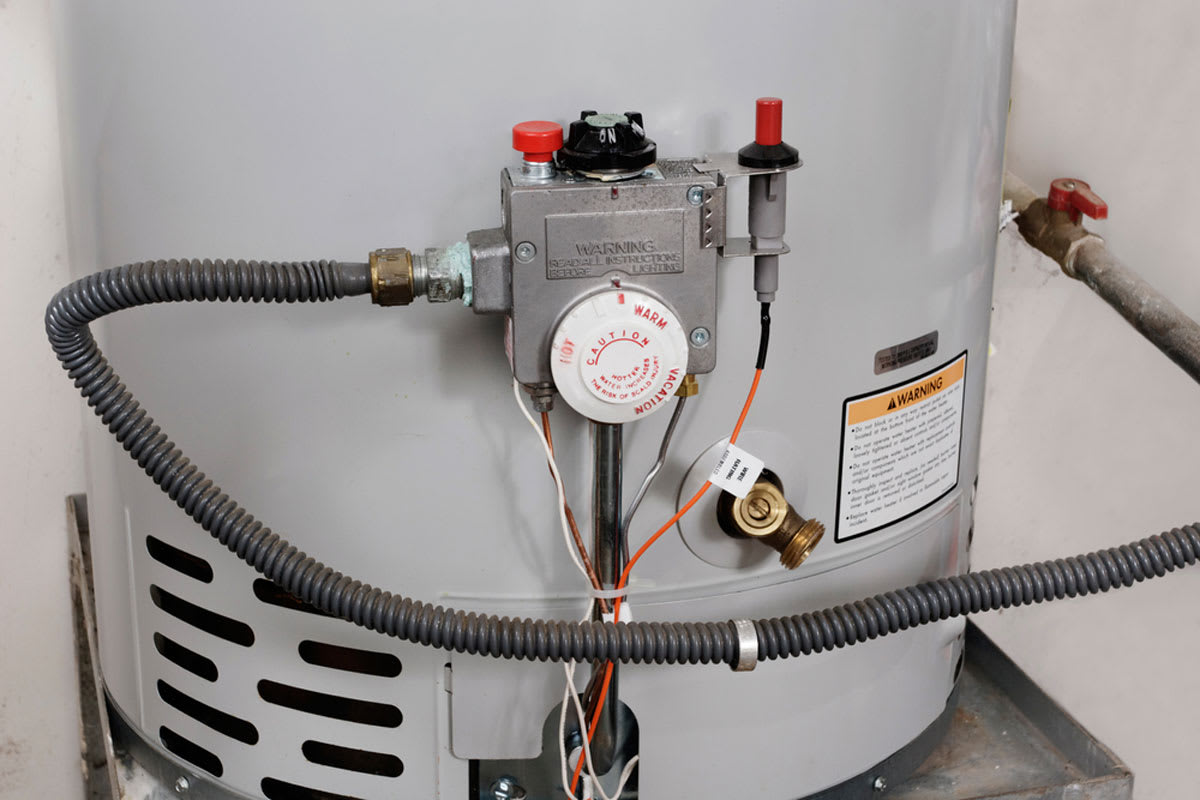









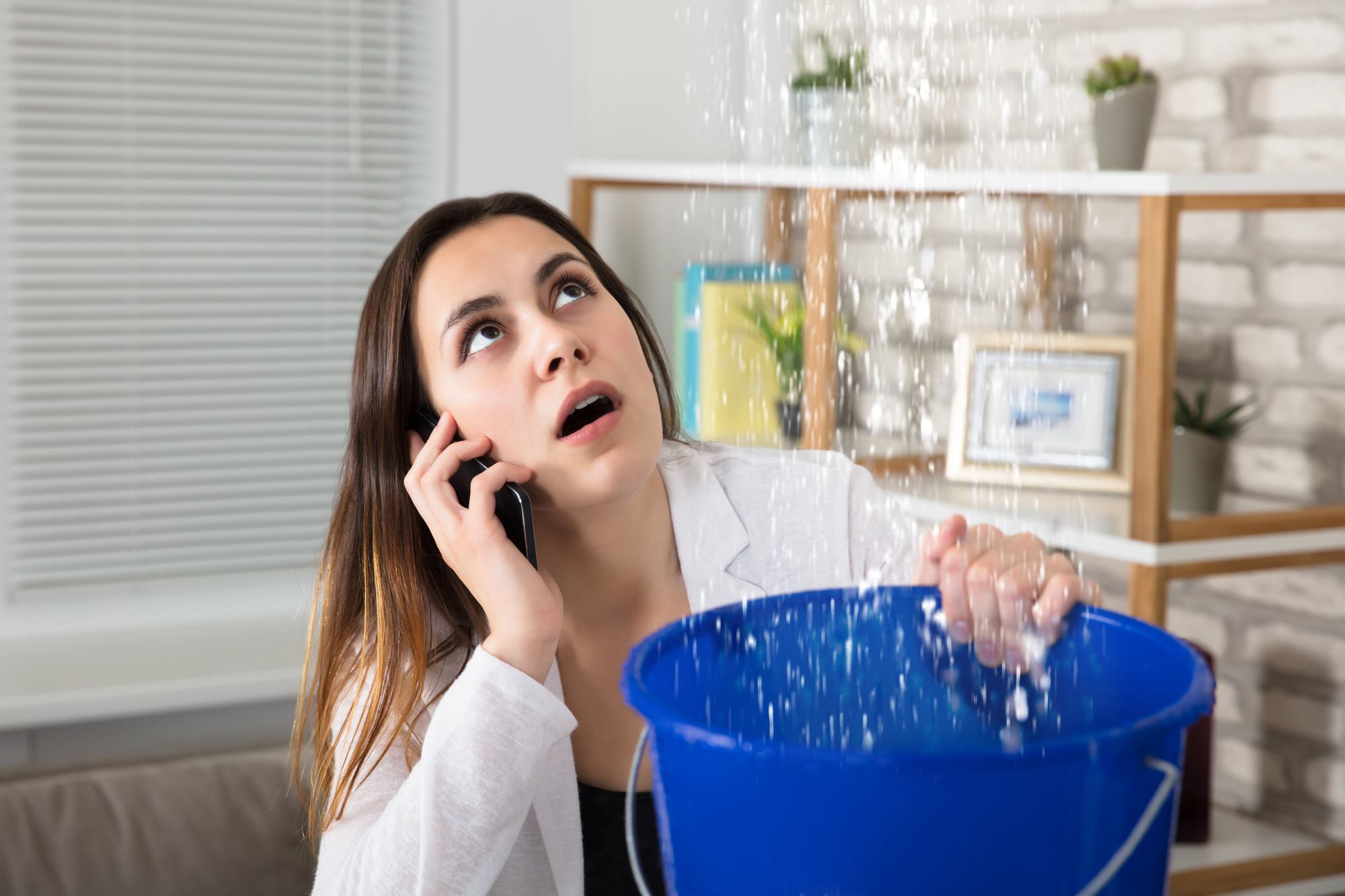







:max_bytes(150000):strip_icc()/sink-pipe-under-wash-basin-119001607-197a4387b0f64f3884899445b0f74573.jpg)
